2011 Aston Martin Virage | PH Review
Is the newest Aston more than a tarted-up DB9?
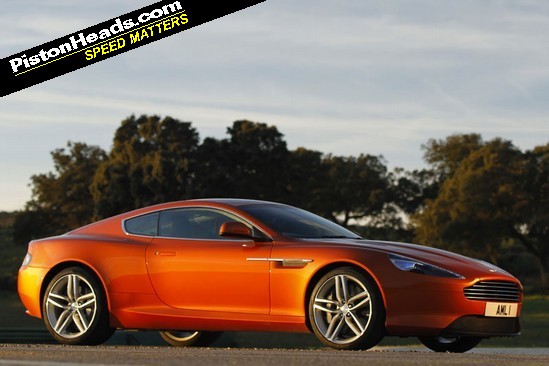
Forget the negative connotations behind a name that was once attached to an elephantine sports car from 1985. Ignore (if you can) the fact that it looks, well, a bit like a DB9 Ghia XL. Because, beneath the skin and at its core, the new Aston Martin Virage is, in fact, a seriously decent car; one that if you drove in isolation, without ever having experienced a VH platform Aston before, would leave you gasping in disbelief - not merely at how quick it is (4.6sec to 60mph, 186mph) but also at how refined it is, how composed it is, how delicious it sounds and, ultimately, how damn good it is just to climb into and drive.
To let you into a secret, we weren't supposed to be writing about driving the Virage just yet. But unfortunately the nice man from The Sun newspaper (a chap called Ken Gibson, who is genuinely a respectable sort of chap) "accidentally" forgot about the embargo and published all of 185 words about the car when he shouldn't have done.
In our world that means the flood gates are open; publish and be damned. So we have. In the world of the man from The Sun it also means he might not be too high up on Aston's Christmas card list, if and when the next DB9 Ghia XLX VH2 is (re)introduced to the world.
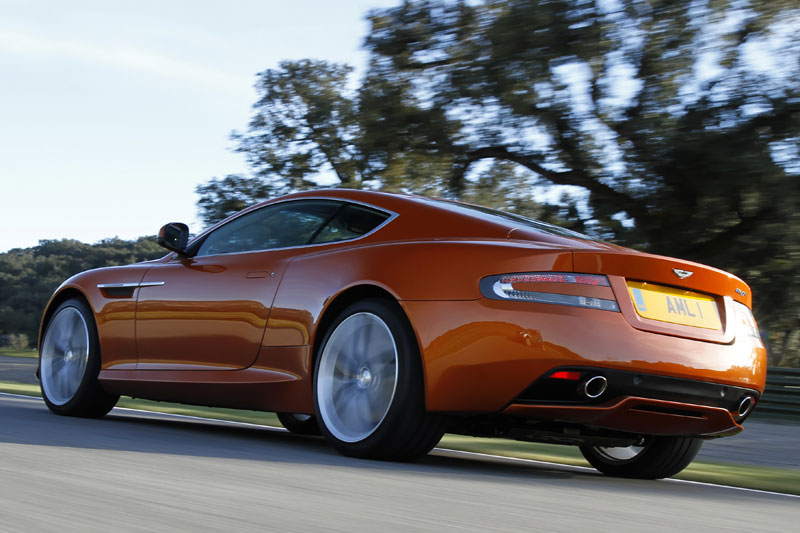
No matter, because in the here and now it means we get to tell you all about the new Virage a good week before we were originally going to. And, as intimated, it really is a rather good car, even though you'd struggle to spot the new bits from 20 paces.
For the record, the £150k Virage - which is designed to plug the gap between £125k DB9 and £175k DBS - gets a mildly detuned 490bhp version of the 6.0-litre V12 engine that powers the DBS. Its suspension has also been comprehensively re-engineered to include adaptive electronic dampers (although the basic configuration of double wishbones all round remains).
You also get carbon-ceramic brakes as standard, the six-speed flapper-shift has been redesigned to swap cogs faster and more smoothly, and its shift pattern can be altered by pressing a sport button, which also sharpens the throttle response. Even the crummy old sat-nav system has been replaced by a more modern, intuitive system. Oh yes, and Aston is also deeply proud of the fact that the Virage's wiper mechanism is all new, which, presumably, means you can now see better when it rains...
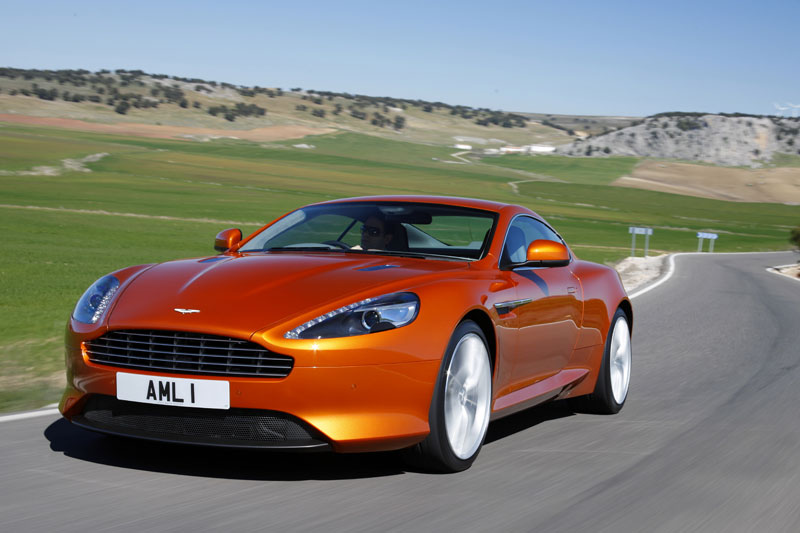
Not that there was a great deal of H2O around at the launch site in southern Spain. What there were plenty of, however, were fantastic driving roads, which was handy because that's where Virage really shines.
You can tell this is a more polished car dynamically (than the DB9 and the DBS) pretty much from the moment you start driving. It doesn't weigh as little as the DBS because it's not made from such exotic materials (ie there's no carbon fibre in the car), but on the road the Virage feels almost as sharp and very nearly a rapid as the DBS. Yet it also feels much more refined, with none of the sharp edges in its ride, handling or steering responses from which the DBS, in particular, occasionally suffers.
The engine, although slightly less monstrous to listen to and a few bhp down on that of the DBS, is still a thumping good power plant, with a lovely sense of effortlessness to its delivery and a whole heap of torque to call upon at low revs. But it's at high revs, right up above 6000rpm and beyond, that it truly makes your hair stand to attention.

Not only does it sound pupil-wideningly loud over the last 1000rpm, with a delicious crackle on the overrun if you back off, but it also reserves its biggest hit of acceleration as it homes in on the rev cut-out. And that makes the Virage an impossibly addictive car to drive as fast as you can, as often as you can - so long as you're in the middle of southern Spain and no one else can hear what you're up to...
The traditionalists will, of course, go into apoplexy about the fact that there is no option to change gear other than via a pair of paddles. But it's worth noting that, for a manually operated auto (ie not a full nuts dual-clutch manual), the Virage's system is admirably slick. You can even dial out the auto upshift by selecting sport, which also makes the shifts themselves happen faster.
If anything, the Virage's chassis - and its steering - are even better than its engine and gearbox. Which is saying something. It's only once you've aimed it at a few corners and realized how beautifully well balanced it feels mid-corner, and how smoothly it rides if that corner happens to be less than perfectly surfaced, that you appreciate how good a job Aston's engineers have done with this car.
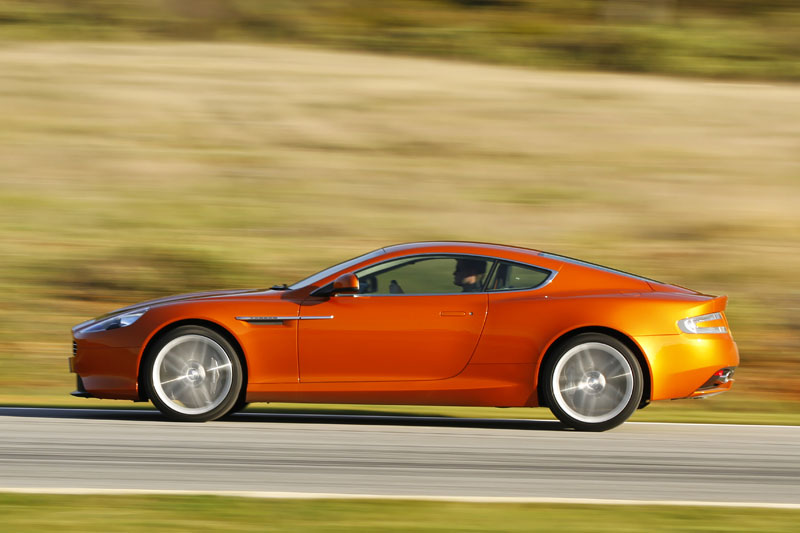
Its steering, in particular, is quite gorgeous in the amount of feel and detail it provides about what's going on at the front tyres. You get far more information via the rim than you do in the DBS. Yet at the same time there's a sense of calm, fluid composure to the way the Virage goes down the road that makes it feel more mature than the DBS on the move. Aston describes the Virage as a GT car first, a sporting one second - and, for once, there's not an ounce of hyperbole in its claims.
Which means? In short that the Virage is a better car overall, a more complete car if you like, than the DBS, and by some margin. And in most hands I'd reckon it'd be a quicker one, too, on the public road.
Pity about the name. Then again, DB9 Ghia XL doesn't exactly dance off the tongue, either.
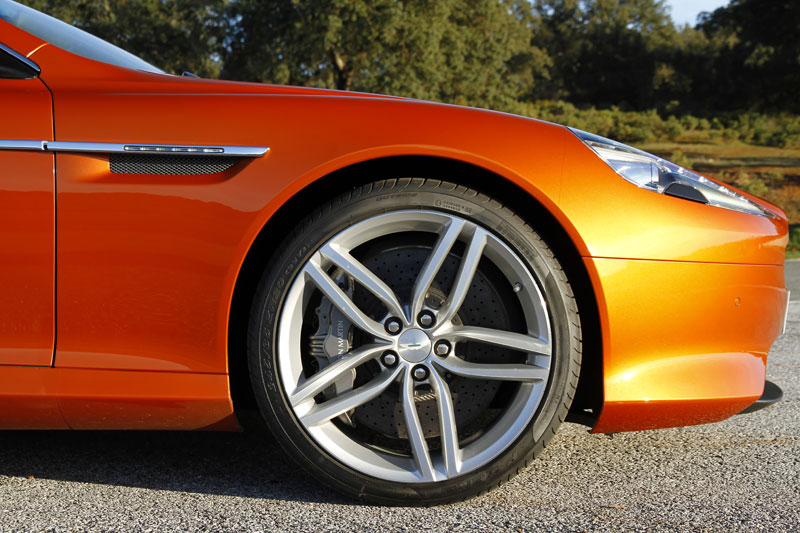 |
 |
Gassing Station | General Gassing | Top of Page | What's New | My Stuff



